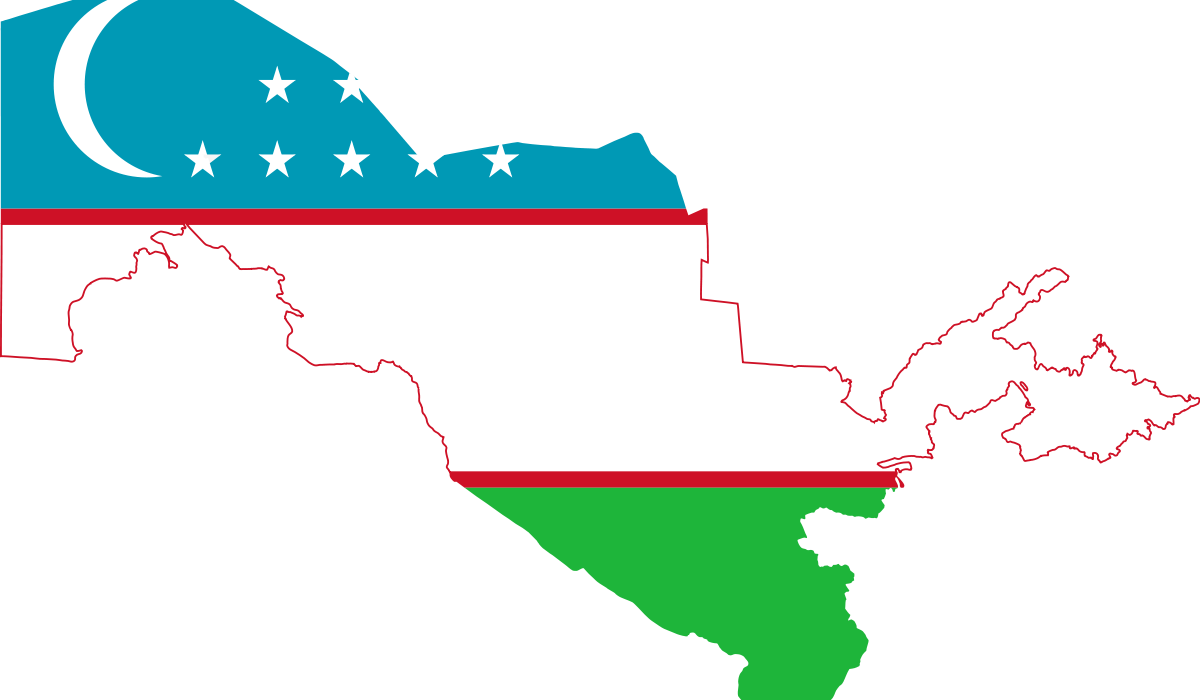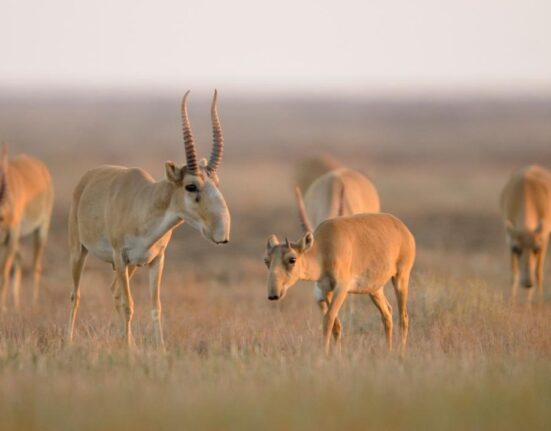On the sidelines of the 20th Conference of the Parties to the Convention on International Trade in Endangered Species of Wild Fauna and Flora (CITES CoP20), an event was held dedicated to the presentation of the Atlas of Environmental Changes of Uzbekistan. It brought together representatives of government agencies, international organizations, research institutes, and the expert community.
Among the speakers were Deputy Chairman of Uzbekistan’s National Committee on Ecology and Climate Change Jusipbek Kazbekov; representatives of the Ministry of Foreign Affairs of the Russian Federation; Susan Gardner, Director of the Ecosystems Division of the UN Environment Programme (UNEP); and leading specialists from Lomonosov Moscow State University and the Institute of Geography of the Russian Academy of Sciences.
The event focused on the national launch of the Atlas of Environmental Changes of the Republic of Uzbekistan — a key result of a regional UNEP project financed by the Russian Federation. The project aims to strengthen the capacity of Central Asian countries to use modern GIS technologies for environmental monitoring and for modelling changes in terrestrial and aquatic ecosystems.
In his remarks, Deputy Chairman of the National Committee on Ecology and Climate Change Jusipbek Kazbekov emphasized that the launch of the Atlas is an important step toward increasing the transparency of environmental data and strengthening the national monitoring system.
“The Eco-Atlas brings together comprehensive, scientifically grounded data on land and water resources, biodiversity, climate change, and other key components of the environment. It provides a clear understanding of long-term trends, drivers of change, and problem hotspots — information that is essential for policy development and national strategies,” Kazbekov noted.




